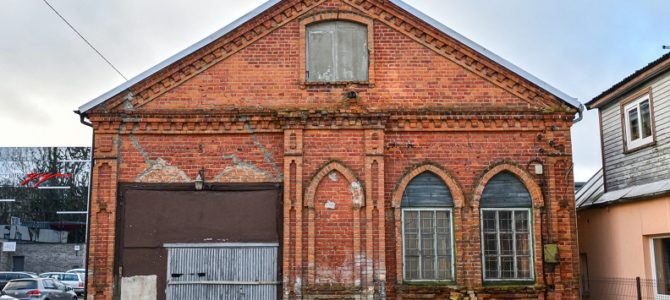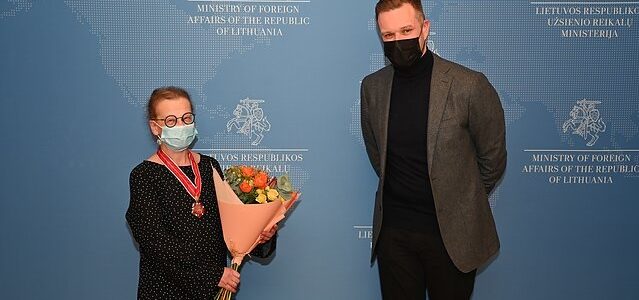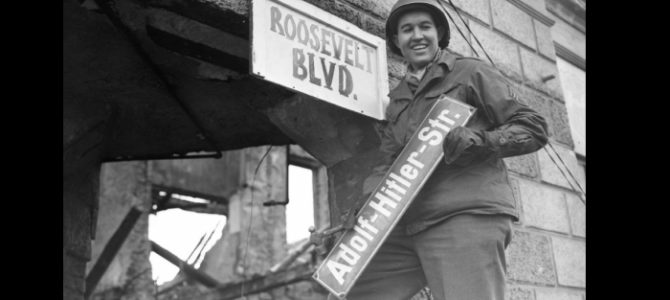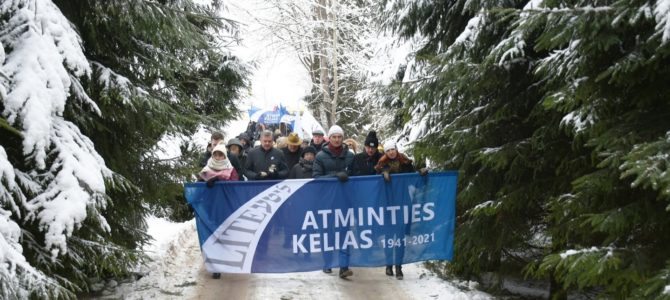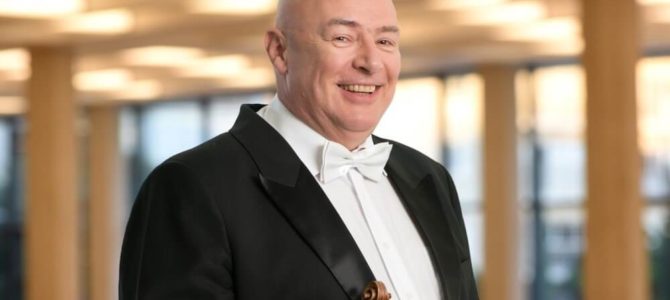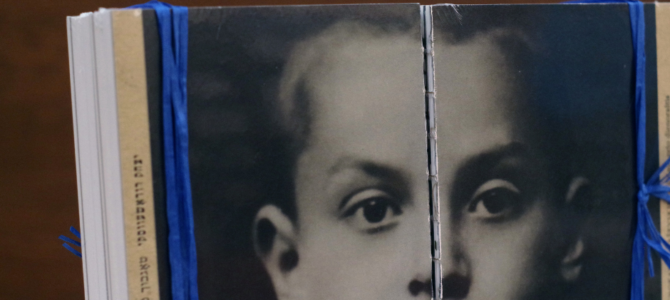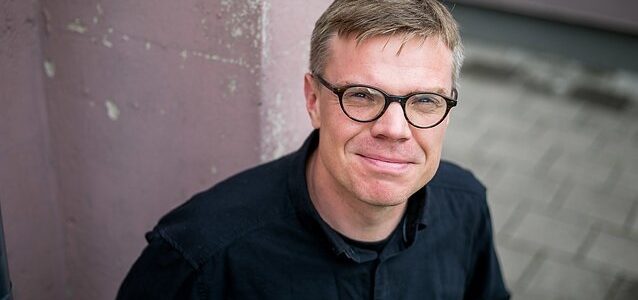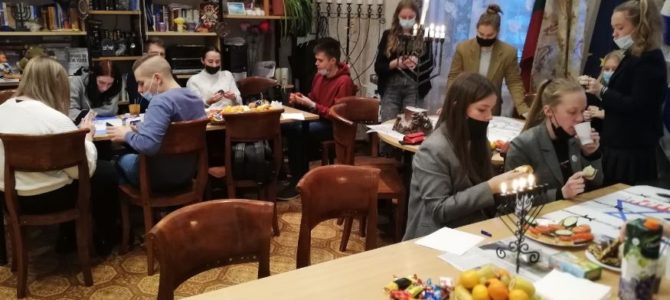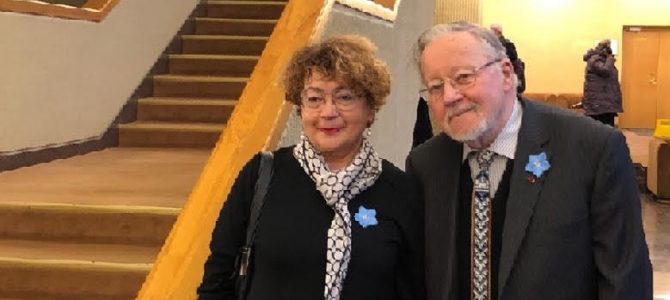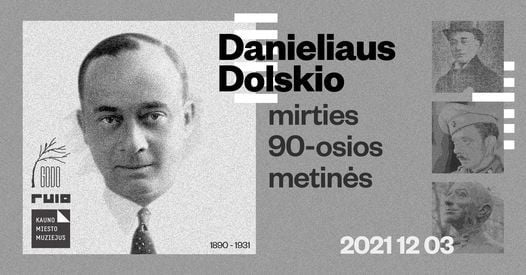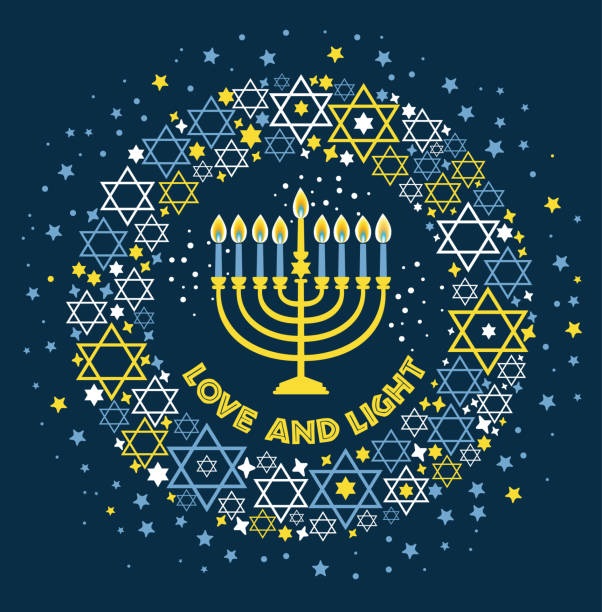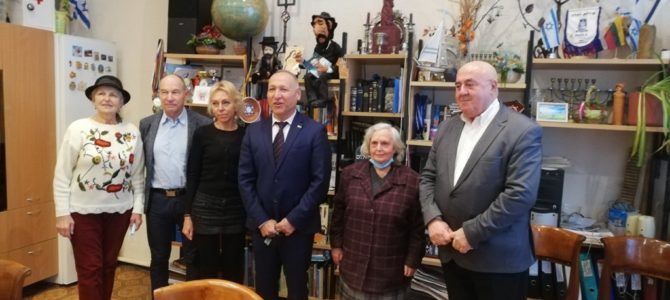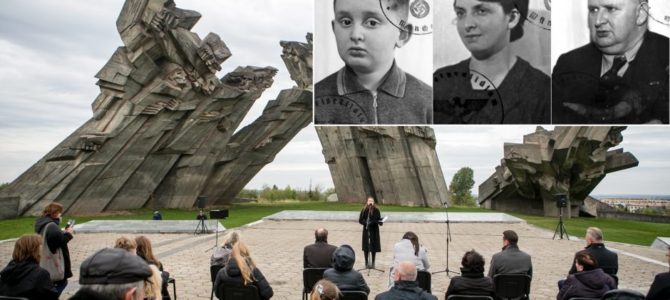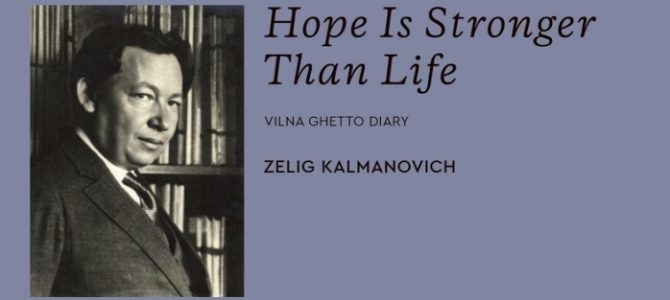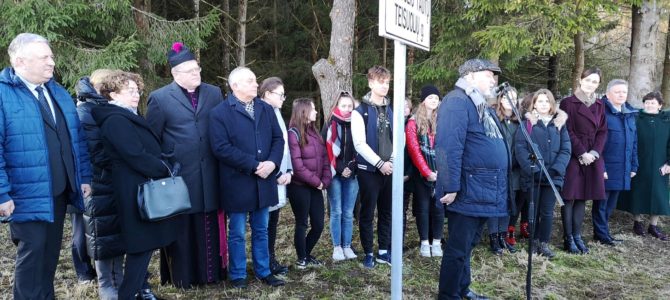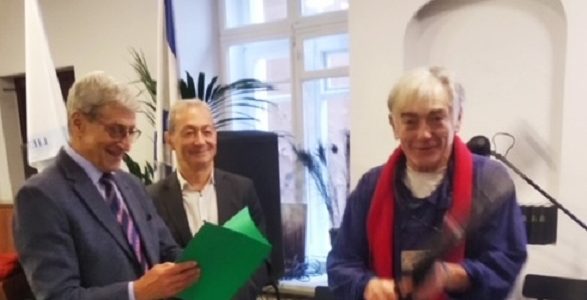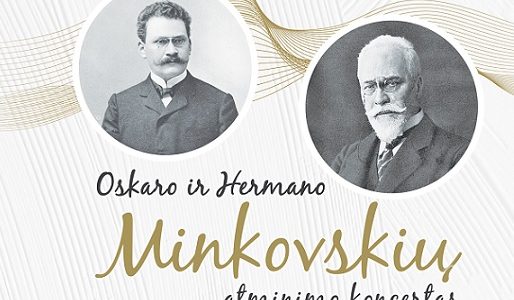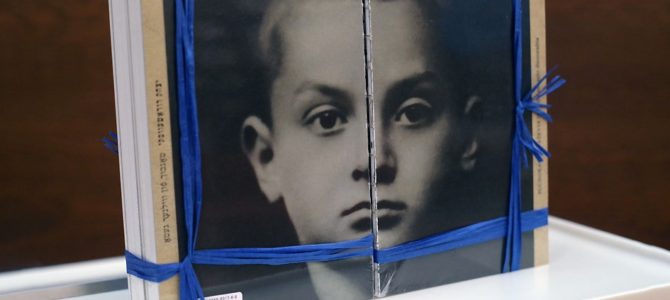by Lina Dranseikaitė
The century-old red-brick synagogue standing on M. Valančiaus street in almost the exact center of the city of Panevėžys from now on will be known by its true name, the Torah Association.
Panevėžys Jewish Community chairman Gennady Kofman said historical justice has been restored. But even with the restoration of historical justice, this decaying heritage site in the historical part of the city might completely vanish over the coming decades.
Although Lithuania’s state Property Bank attempted to sell the synagogue two years ago, no takers have appeared. Panevėžys Jewish Community chairman Gennady Kofman says he isn’t even considering that Jews might buy the red-brick synagogue since this building is supposed to belong to Jews already.
Full text in Lithuanian here.


